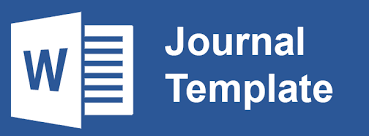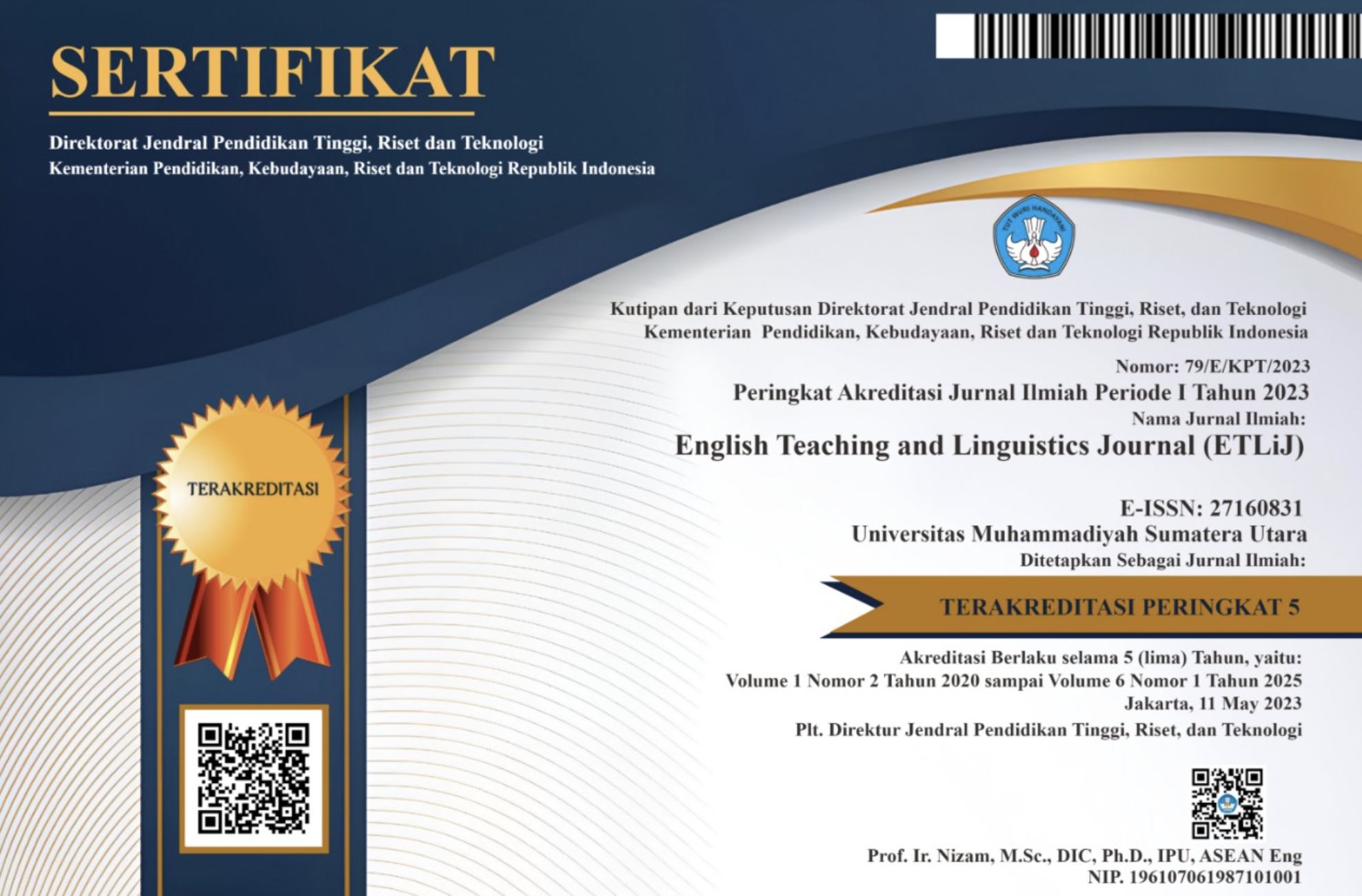Indonesian Language Destroyers Applied by Public Figures Through Social Media
Abstract
Keywords
Full Text:
PDFReferences
Aichner, T., Grünfelder, M., Maurer, O., & Jegeni, D. (2021). Twenty-five years of social media: a review of social media applications and definitions from 1994 to 2019. Cyberpsychology, behavior, and social networking, 24(4), 215-222.
Bromham, L., Hua, X., Algy, C., & Meakins, F. (2020). Language endangerment: A multidimensional analysis of risk factors. Journal of Language Evolution, 5(1), 75–91. https://doi.org/10.1093/jole/lzaa002
Damota, M. D., & Uninversity, M. W. (2019). The effect of social media on society. New Media and Mass Communication, 78(9), 1-9.
Ginting, P., Hasnah, Y., Saragih, M., & Kharisma, A. (2024). The Embodiment of Environmental Discourse in Language Learning: A Critical Ecolinguistic Study of EFL Textbooks in Indonesia. Language Related Research, 15(1), 145-175.
Givati, Y. (2018). The Regulation of Language. The Journal of Law and Economics, 61(3), 397-425.
Gurning, B. (2008). Fungsi Bahasa Dalam Pembelajarannya.
Hasnah, Y., Ginting, P., Supiatman, L., Kharisma, A. J., & Siahaan, H. S. (2024). How Do Locally Produced EFL Textbooks Endorse Critical Thinking Skills in Indonesia? A Content Analysis. Journal of Language Teaching and Research, 15(1), 190-200.
Kharisma, A. J., & Niswa, K. (2021). Chinese Language Interference of Smart Vocational School Students in Written English. Central Asian Journal of Literature, Philosophy and Culture, 2(8), 1-9.
Martinez, Jesus & Martínez del Castillo, Jesús. (2015). International Journal of Language and Linguistics Meaning, What is It. International Journal of Language and Linguistics. 3. 67-76. 10.11648/j.ijll.s.2015030601.19.
Noviyani, N. M. E., Iswatiningsih, D., Noviyanti, L. P. E., & Putri, A. F. P. (2022). ANALISIS KESALAHAN BERBAHASA INDONESIA PADA KEMASAN PRODUK. LINGUISTIK: Jurnal Bahasa dan Sastra, 7(2), 189-200.
Nowak, M. A., & Krakauer, D. C. (1999). The evolution of language. Proceedings of the National Academy of Sciences of the United States of America, 96(14), 8028–8033. https://doi.org/10.1073/pnas.96.14.8028
Özkent, Y. (2022). Social media usage to share information in communication journals: An analysis of social media activity and article citations. Plos one, 17(2), e0263725.
Smakman, D. (2012). The definition of the standard language: a survey in seven countries. International Journal of the Sociology of Language, 2012(218), 25-58.
DOI: https://doi.org/10.30596/etlij.v5i1.18801
Refbacks
- There are currently no refbacks.

This work is licensed under a Creative Commons Attribution 3.0 License
ISSN: 2716-0831





